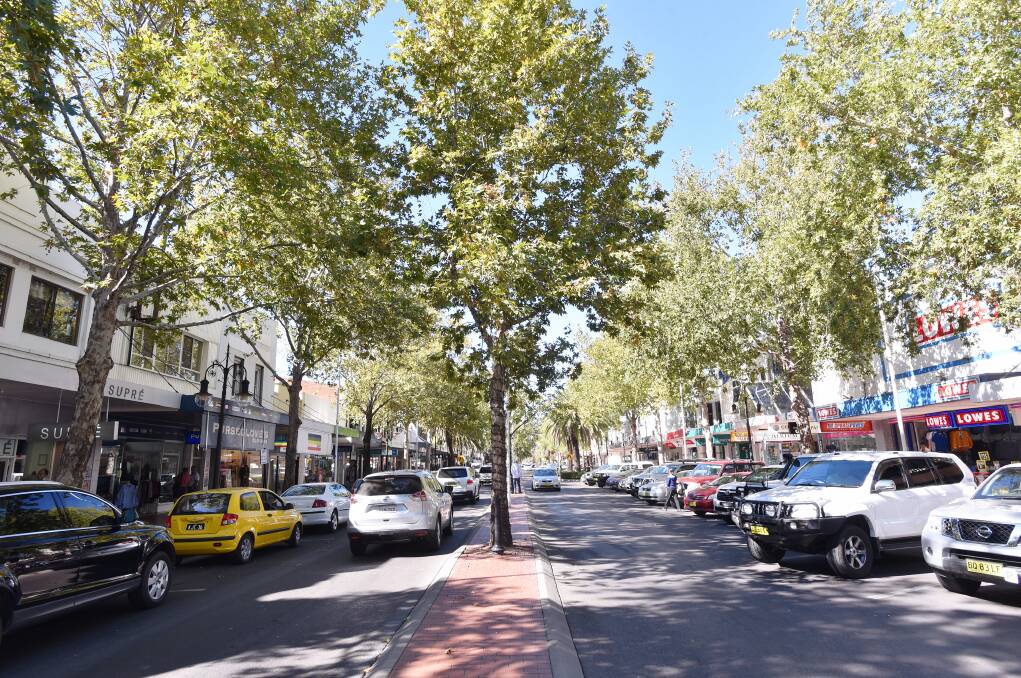
It is disturbing though perhaps not surprising that a new study has shown Australians still believe regional centres are “second rate” places to live.
Subscribe now for unlimited access.
$0/
(min cost $0)
or signup to continue reading
The latest backhander comes in the federal government’s Regions at the Ready report which follows a 12-month inquiry into regional development in a bid to decentralise Australia’s population from the capital cities.
But, say some experts, and with 40 per cent of Australians now living in either Sydney or Melbourne, there is a new dawn for decentralisation, given the fact so many metro types are growing tired of constant congestion and feeling distressed at the ever-increasing cost of living.
Federal government politician Damian Drum, himself a regional bloke, and also from his position on that report select committee, said this: “The regions of Australia have never been in a better position to take advantage of an Australian population that is looking away from our capital cities.”
And a State of the Regions report into Trade, Jobs, Growth and Inequality, prepared for the Australian Local Government Association (ALGA), seems to suggest just that, but accentuates a growing gap.
ALGA president, Mayor David O'Loughlin, said it was clear from the report that more action is needed to help set up the right conditions to boost all of Australia's regions.
"The three tiers of government must work together to address the infrastructure deficiencies that are making it difficult for the hinterlands to increase their productivity and grow their knowledge economies," he said.
Further infrastructure support, particularly telecommunications, transport, community and cultural infrastructure, would help attract knowledge workers and their families to rural and remote regions, helping create the conditions to build new economic opportunities and resilient, intelligent communities.”
He said local government’s role was in helping plug infrastructure gaps, but also importantly in facilitating low-key investment.
"Our rural and remote regions are not sharing in the success and prosperity, in relative terms, of the metropolitan capitals and we need policies, strategies and investment that will bring innovation to these regions and help them link into the prosperity of their larger counterparts,” Cr O’Loughlin said.
If we don’t do it, then our struggling rural and remote regions will get left even further behind.
Second rate means there’s no winners for any of us.

